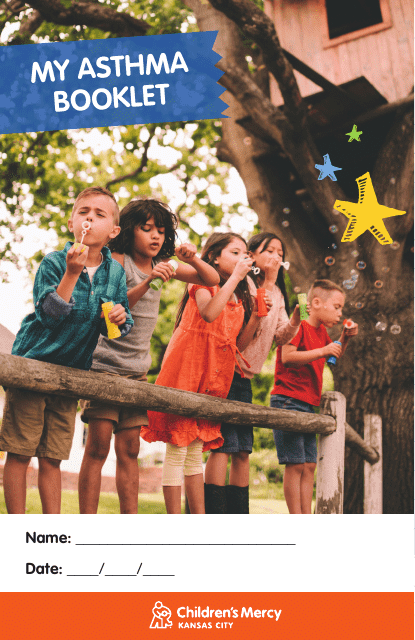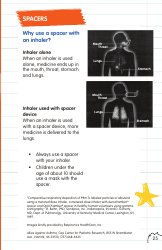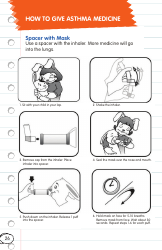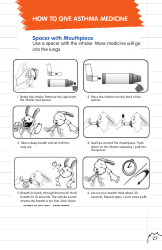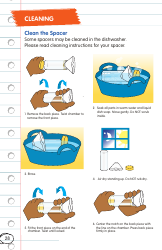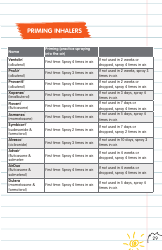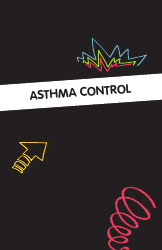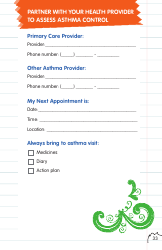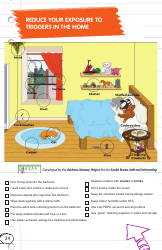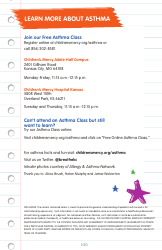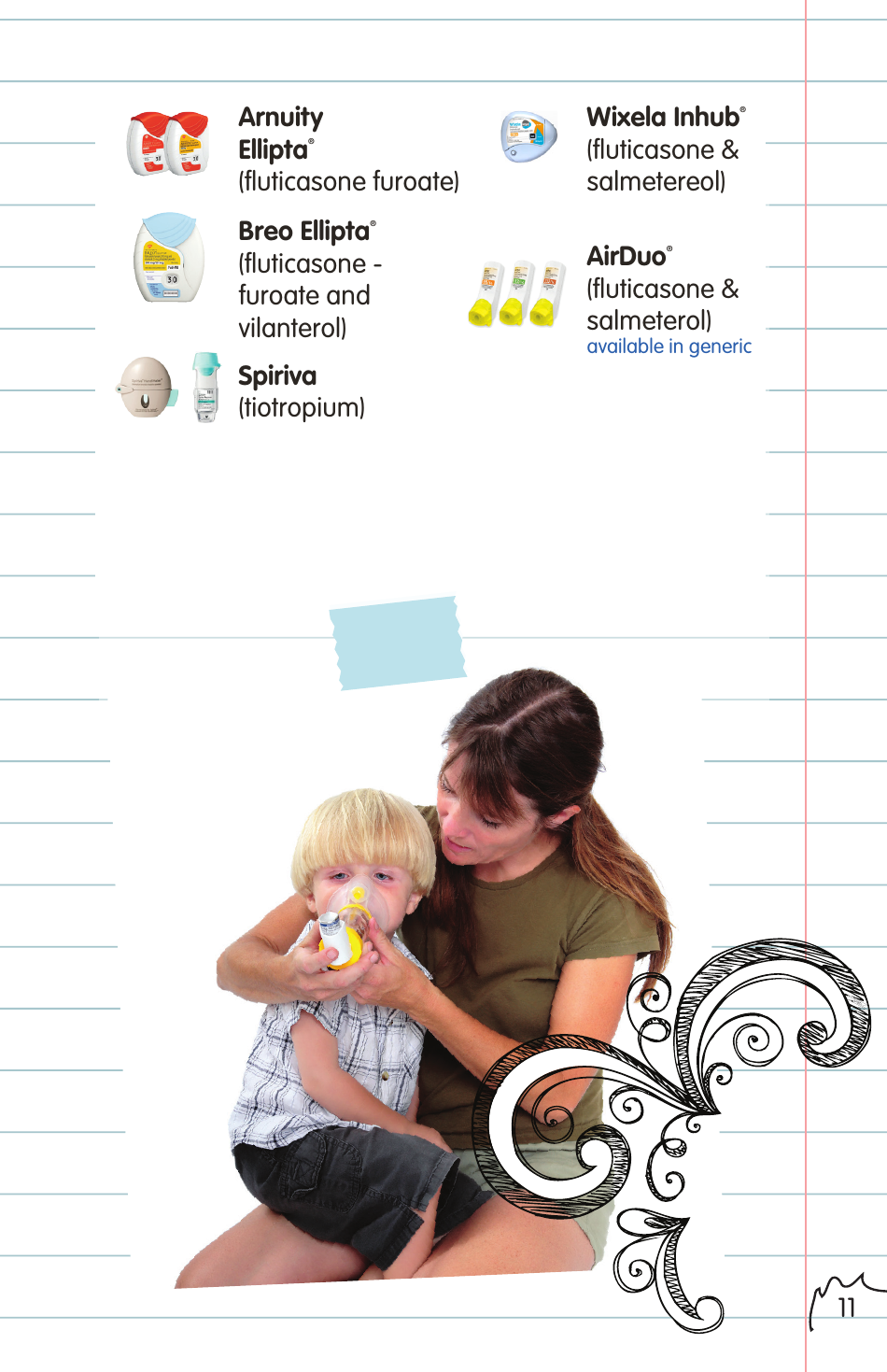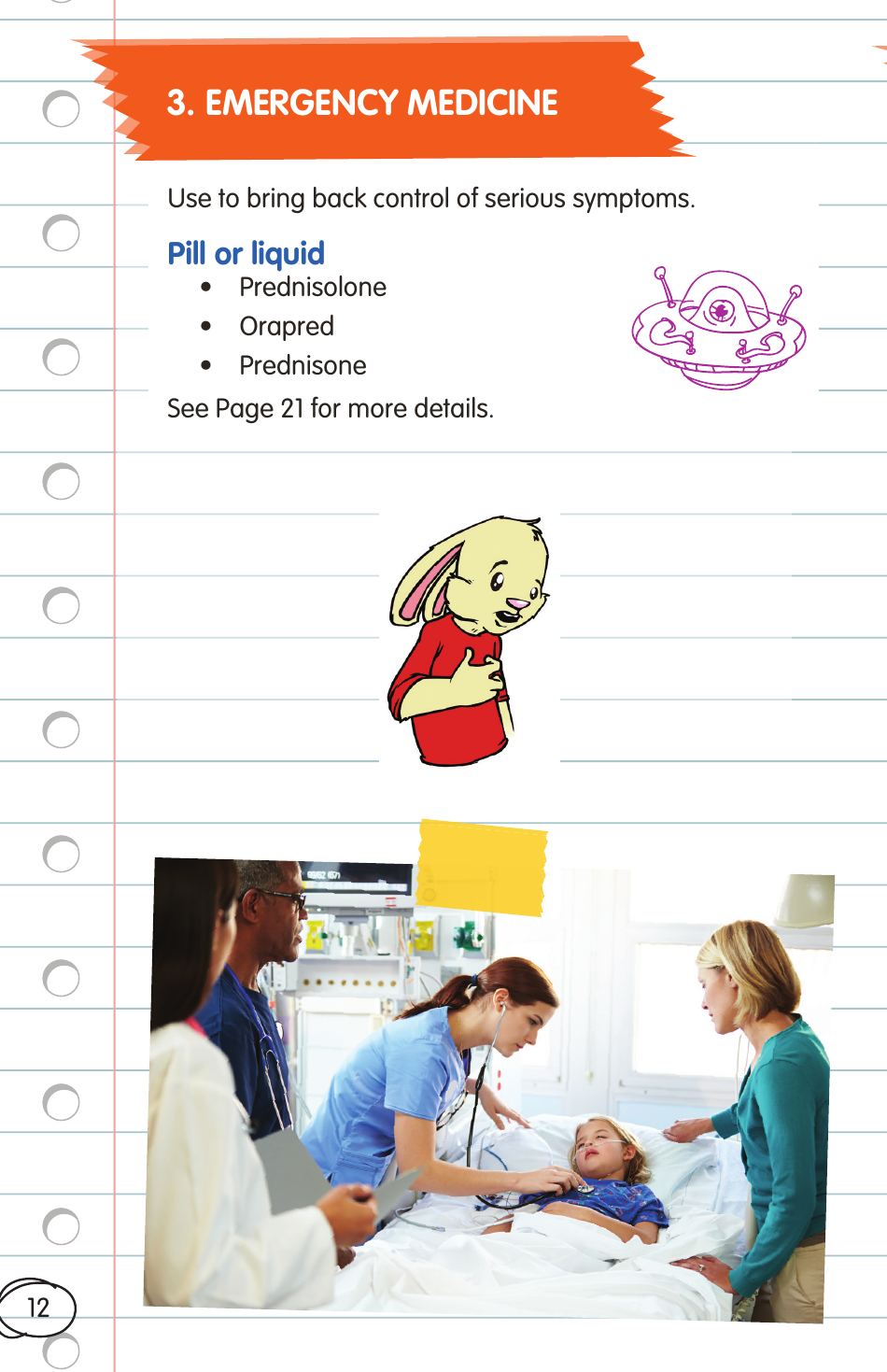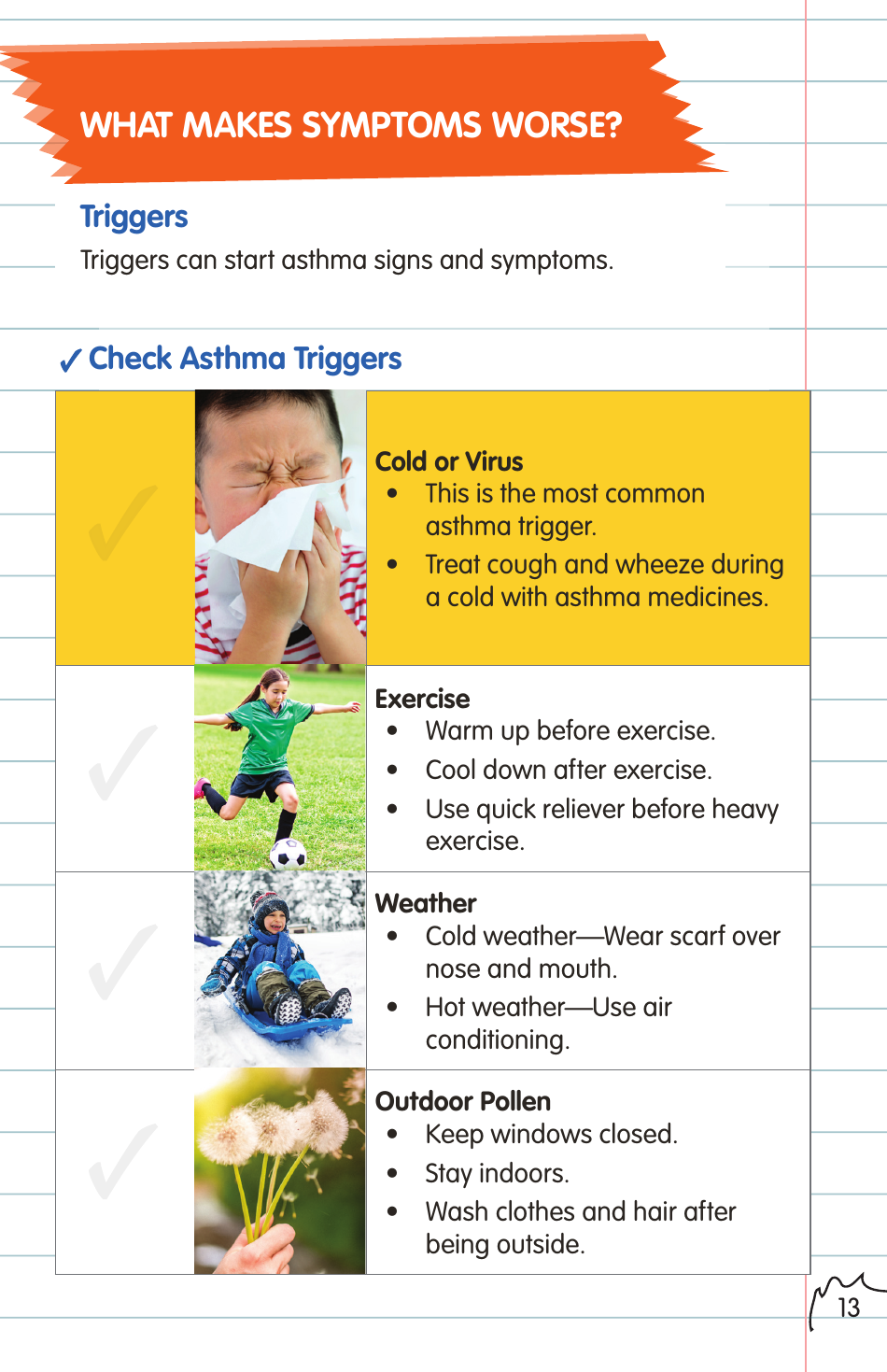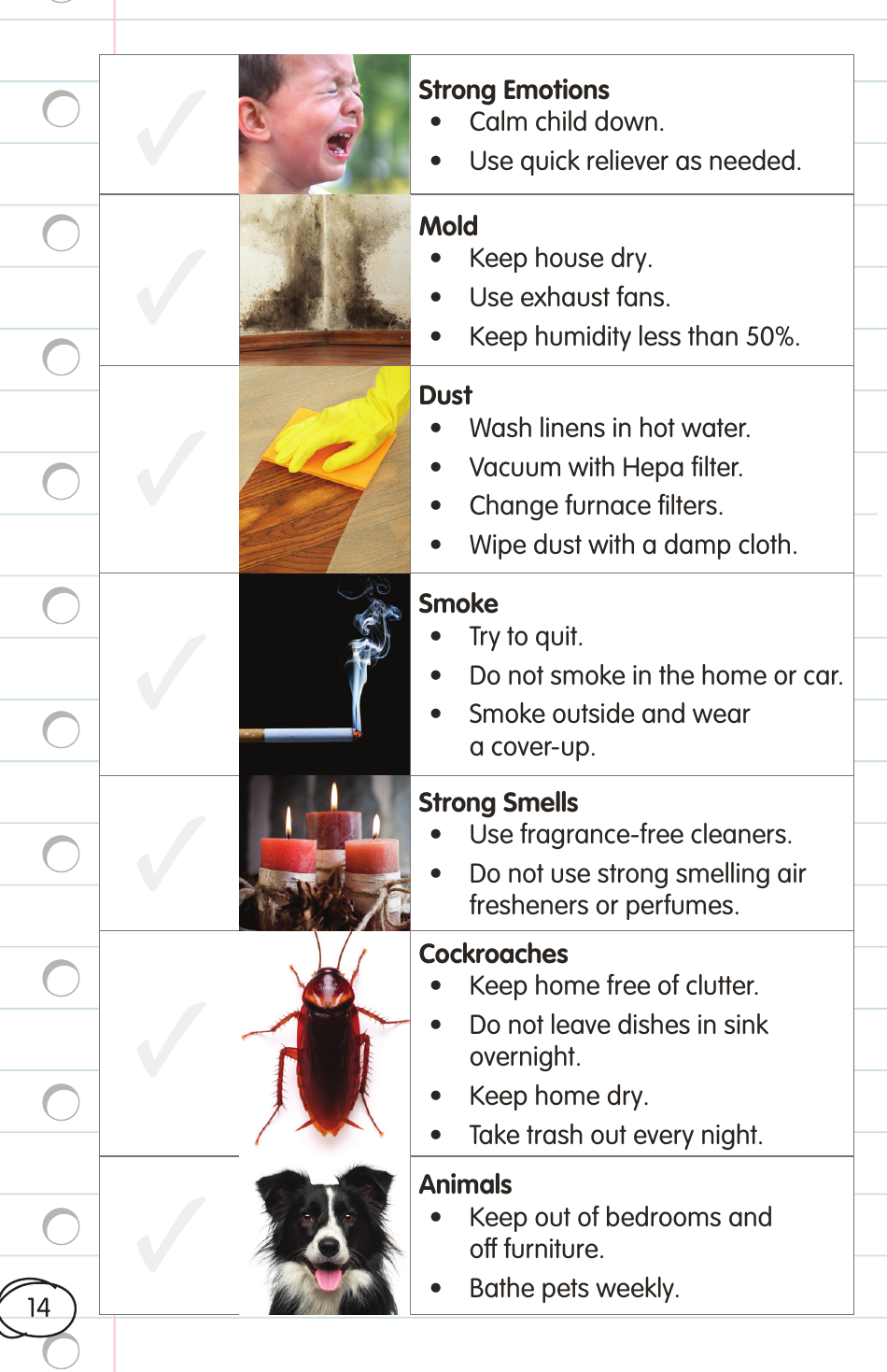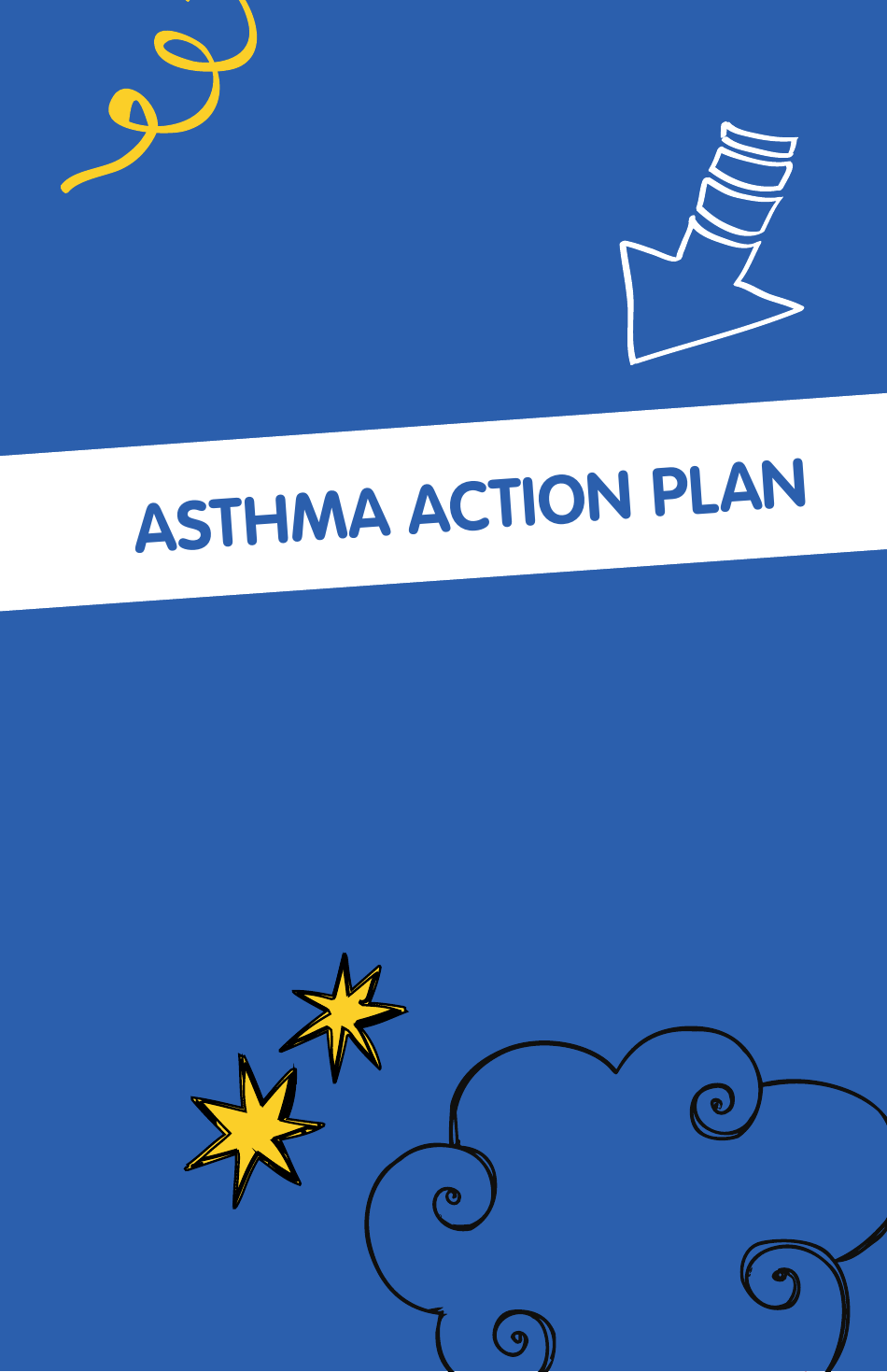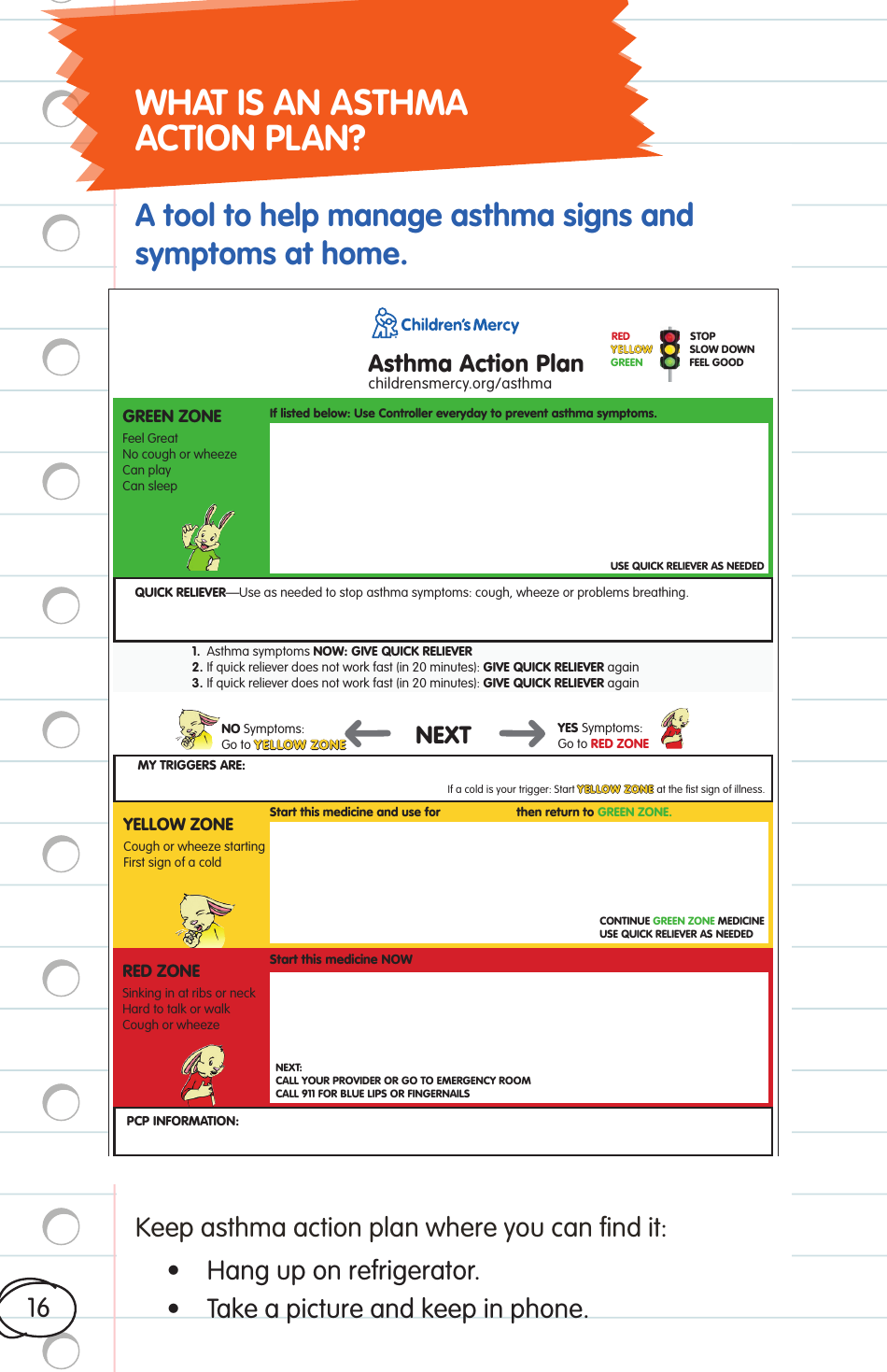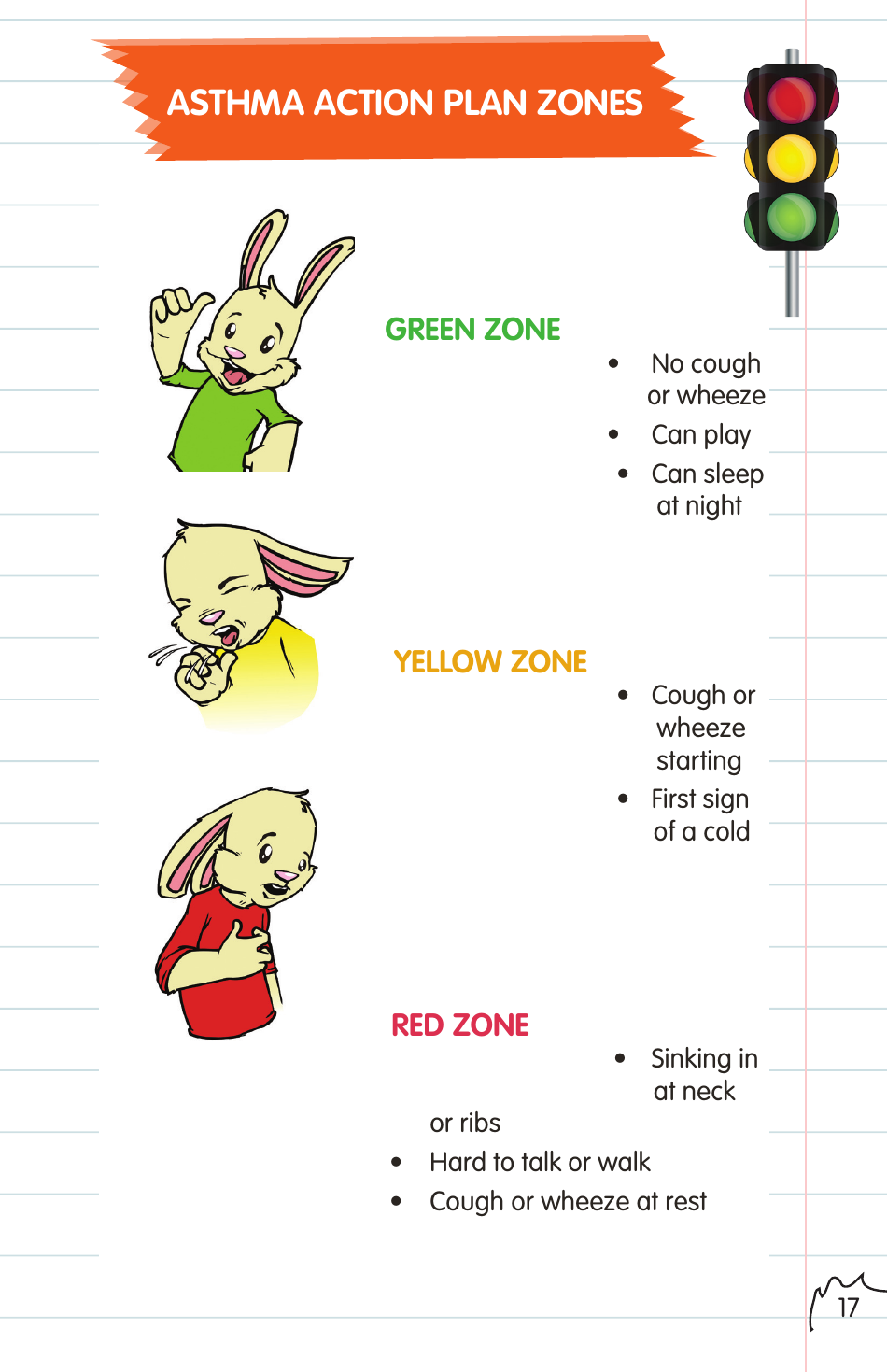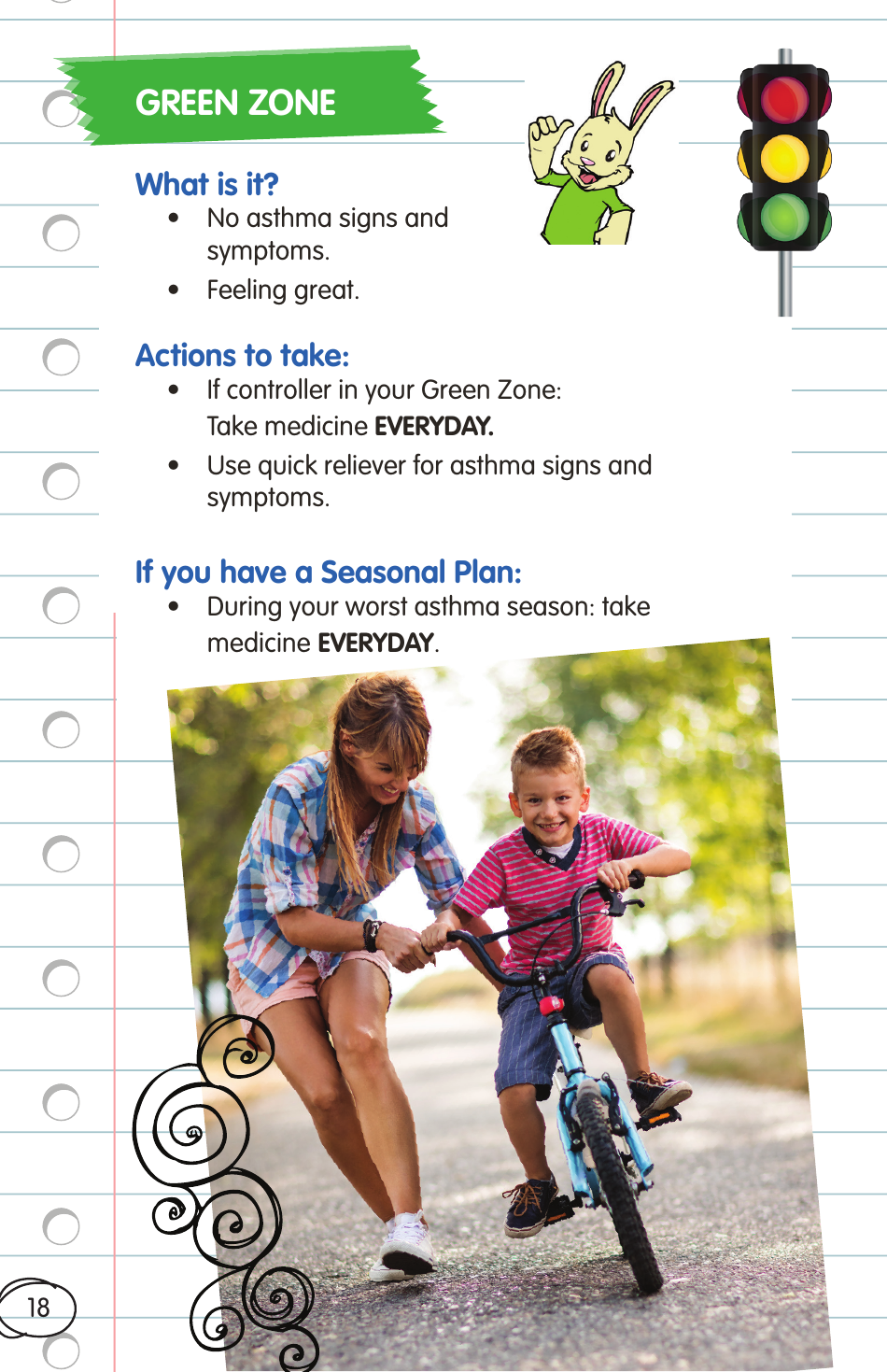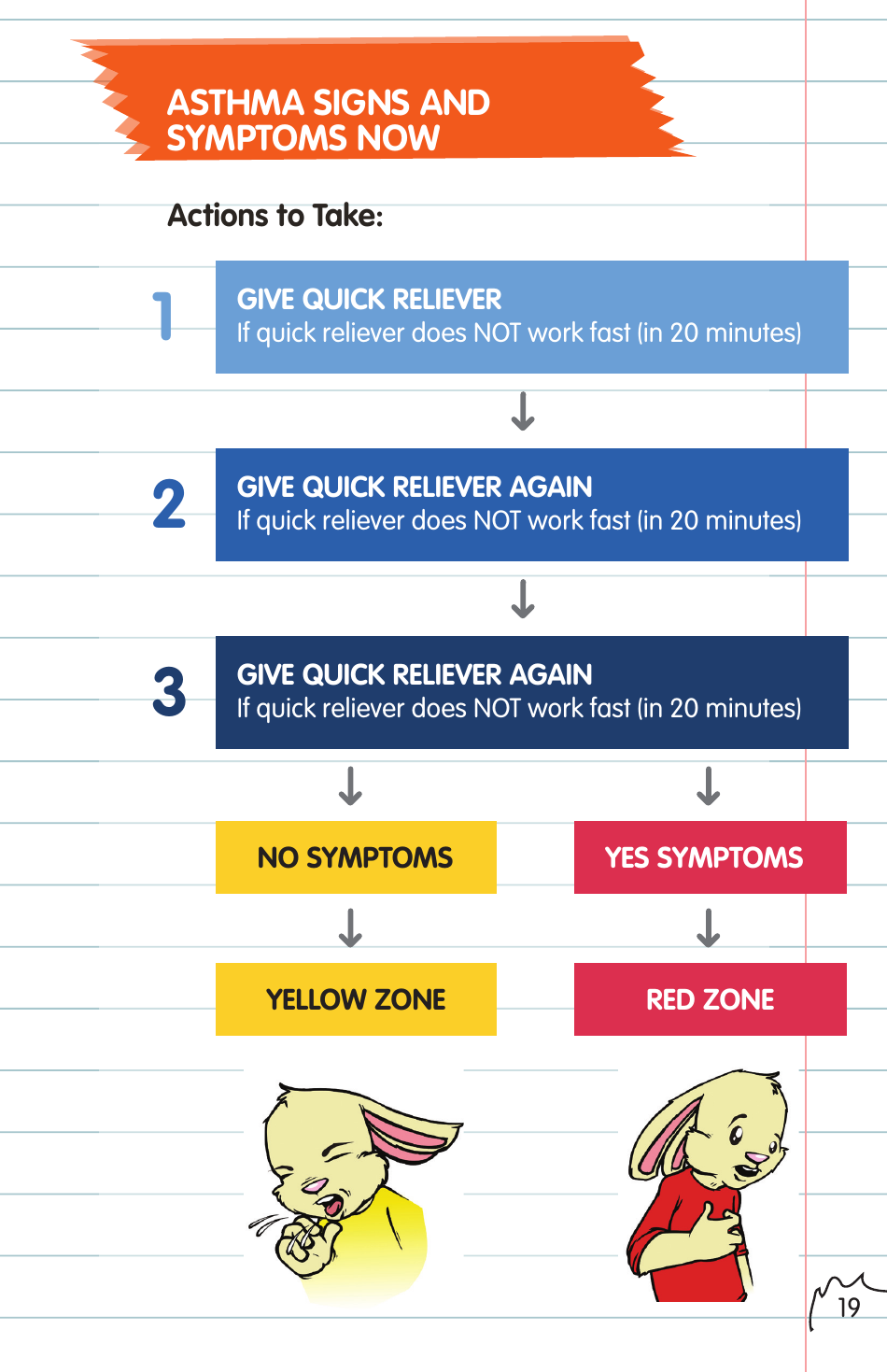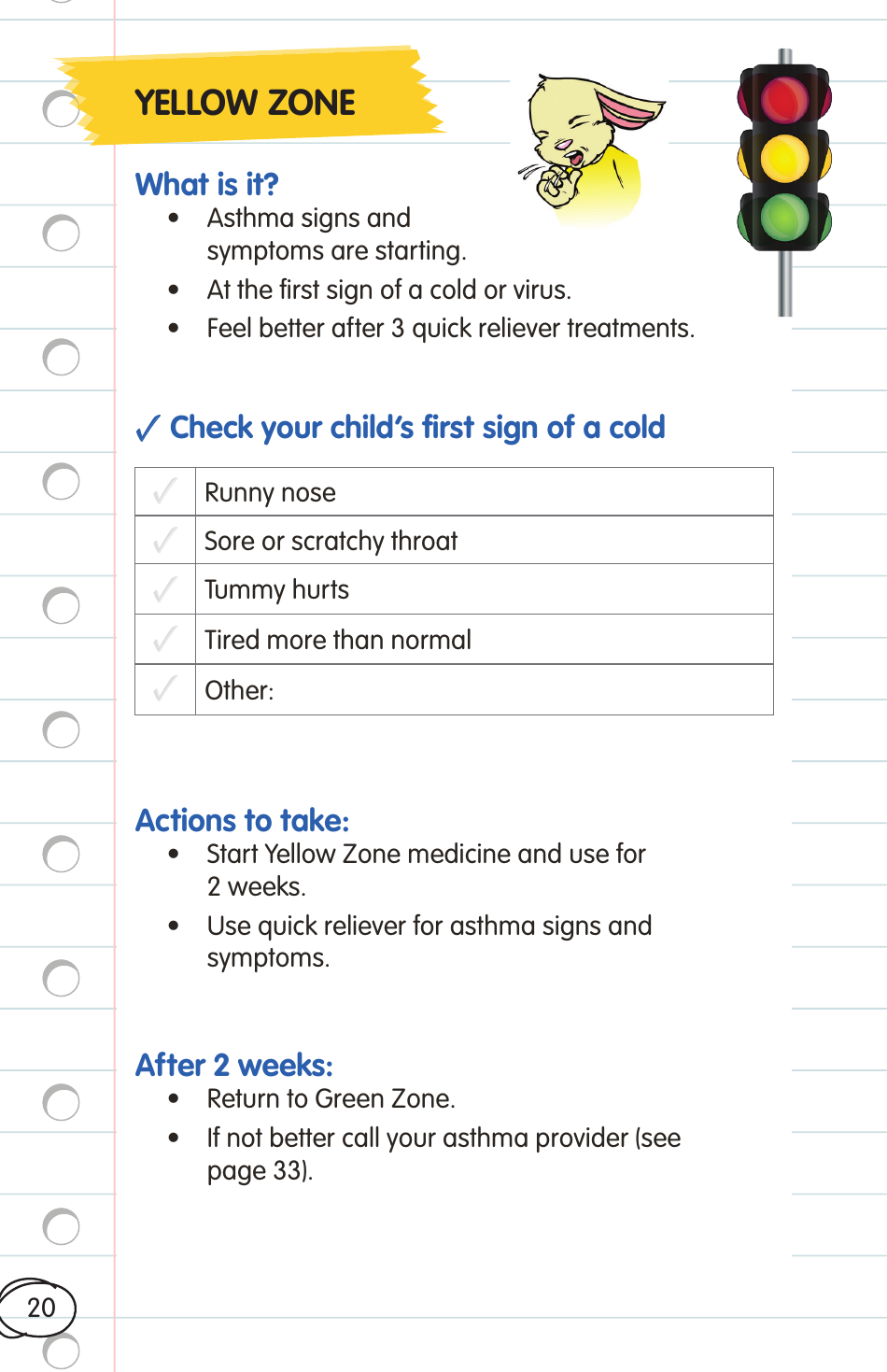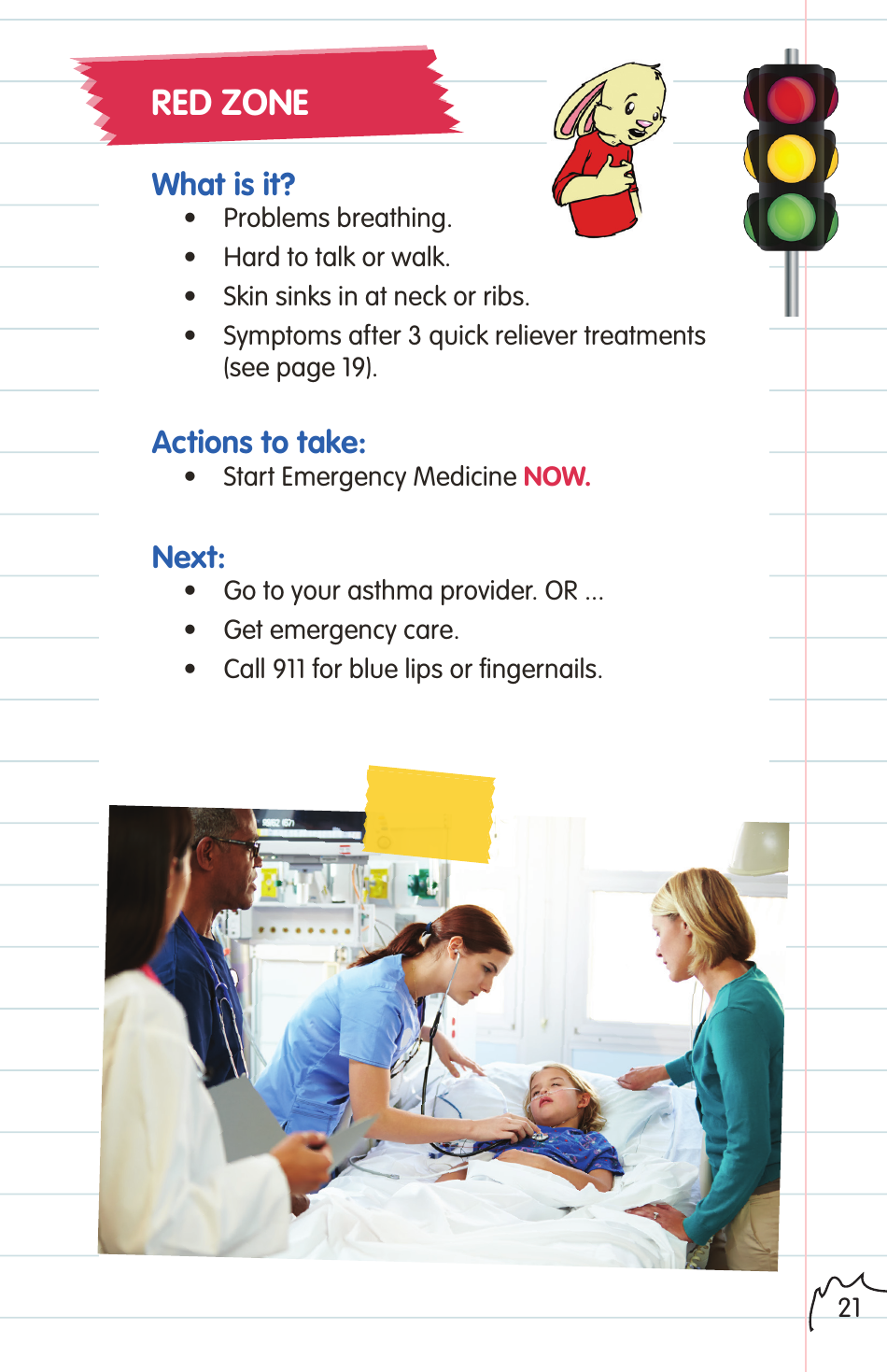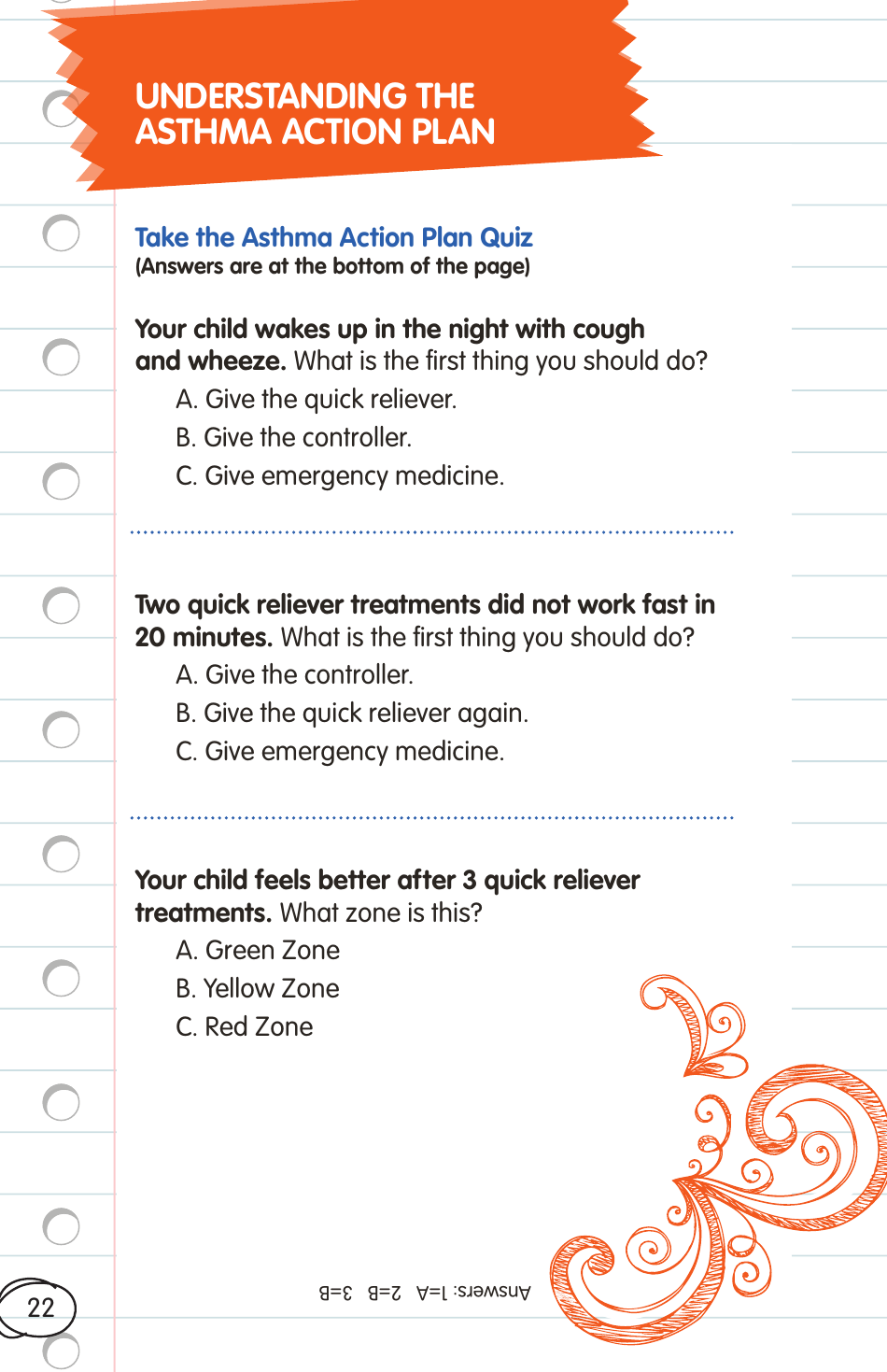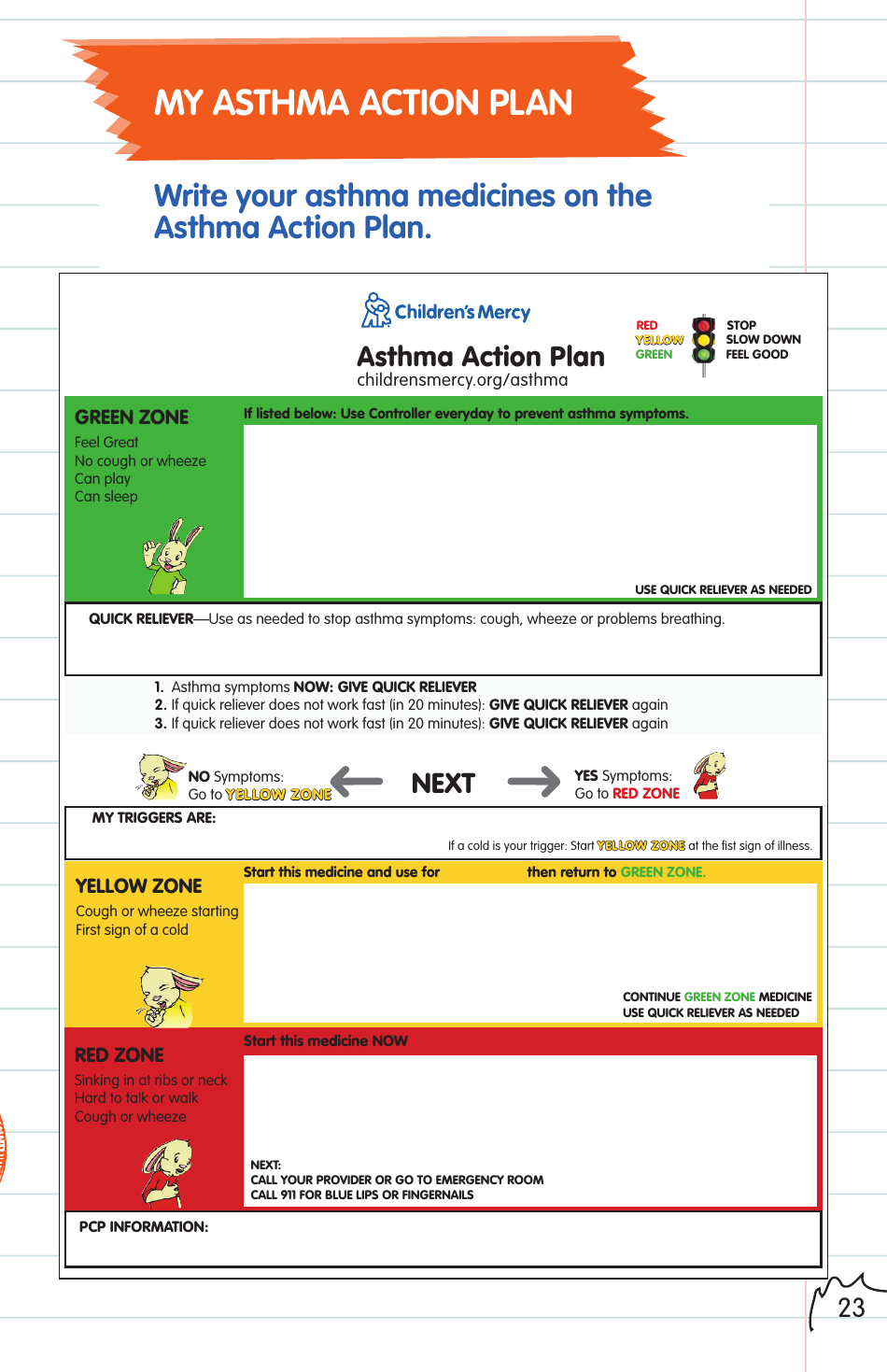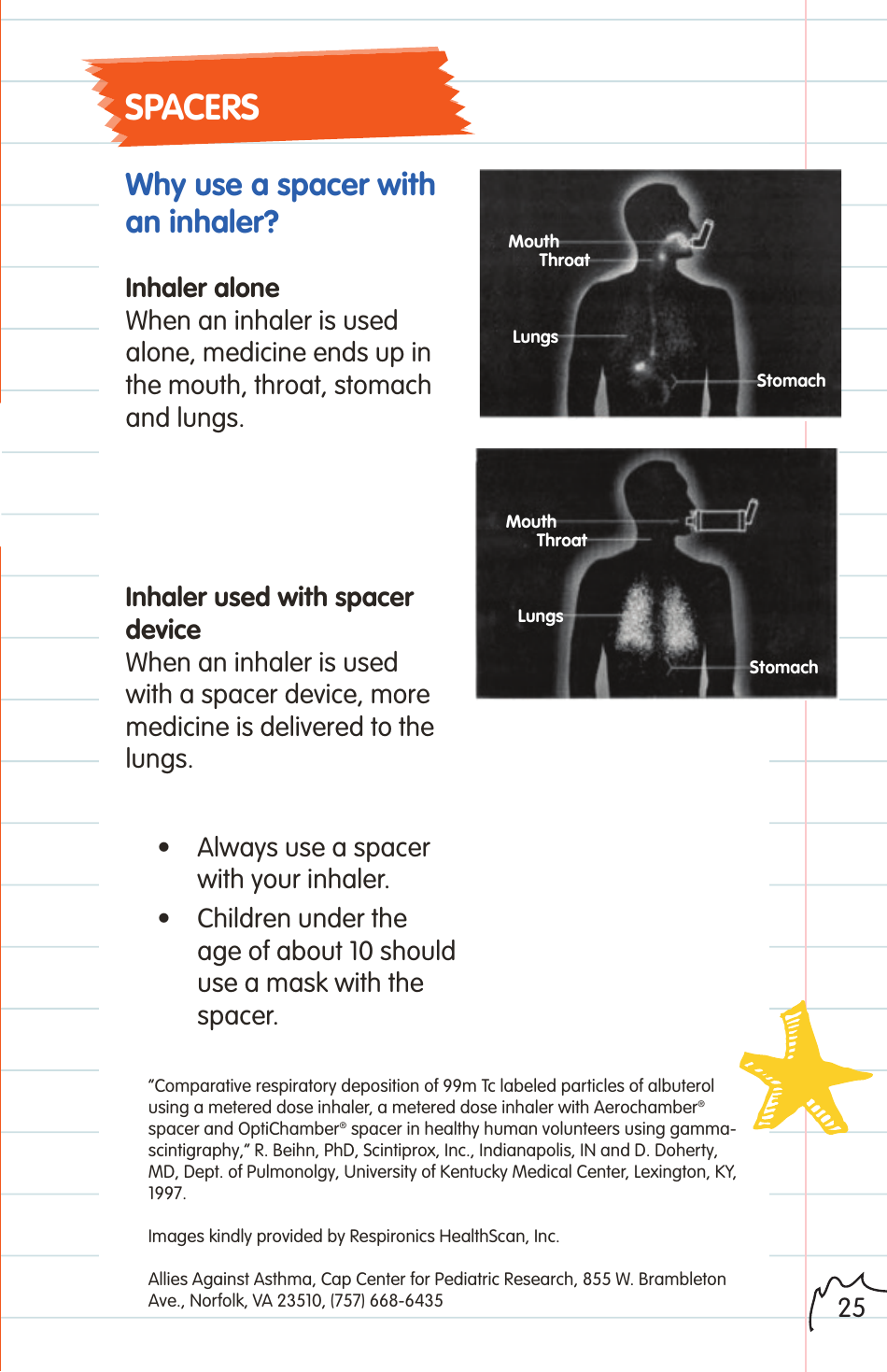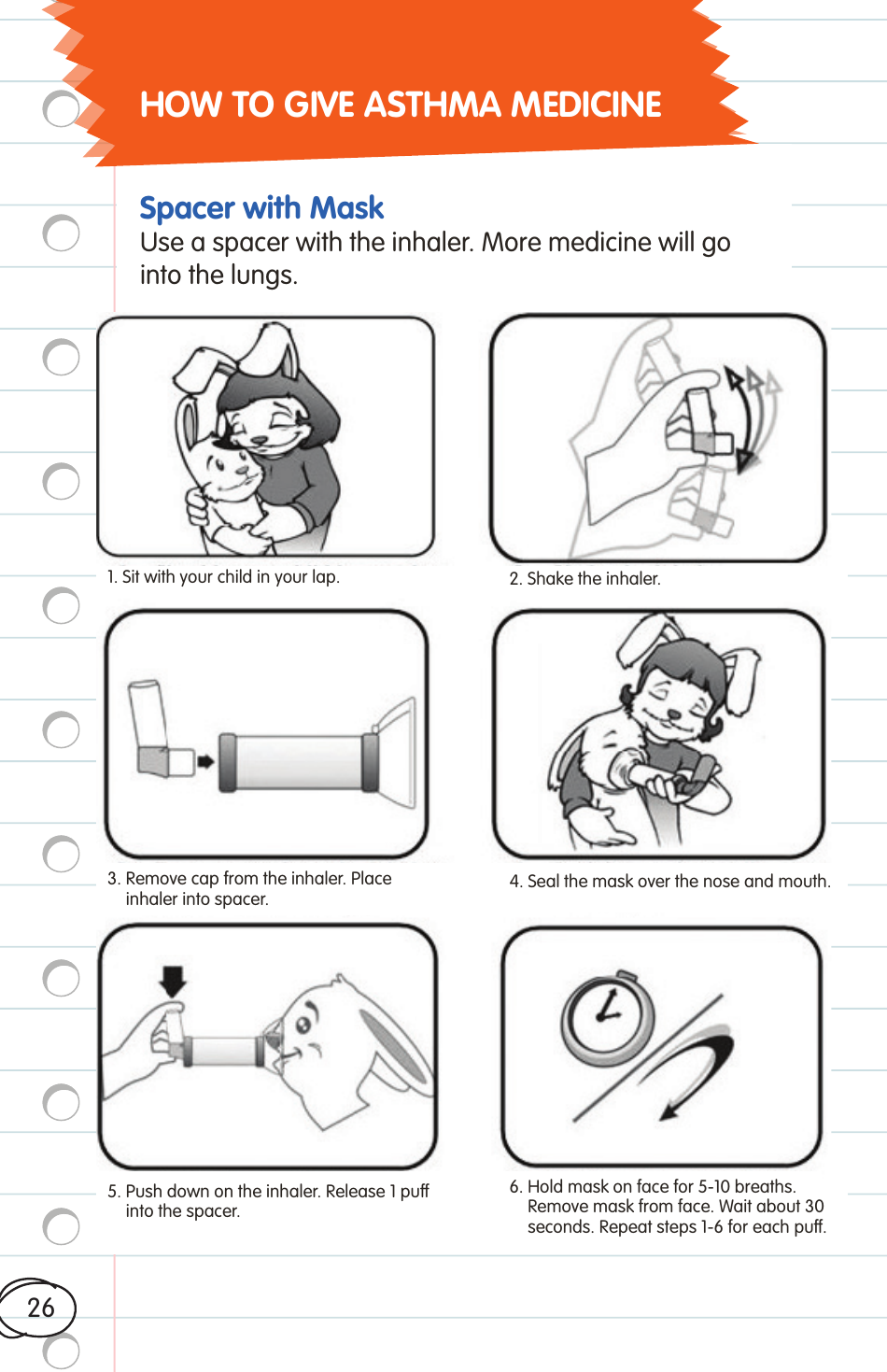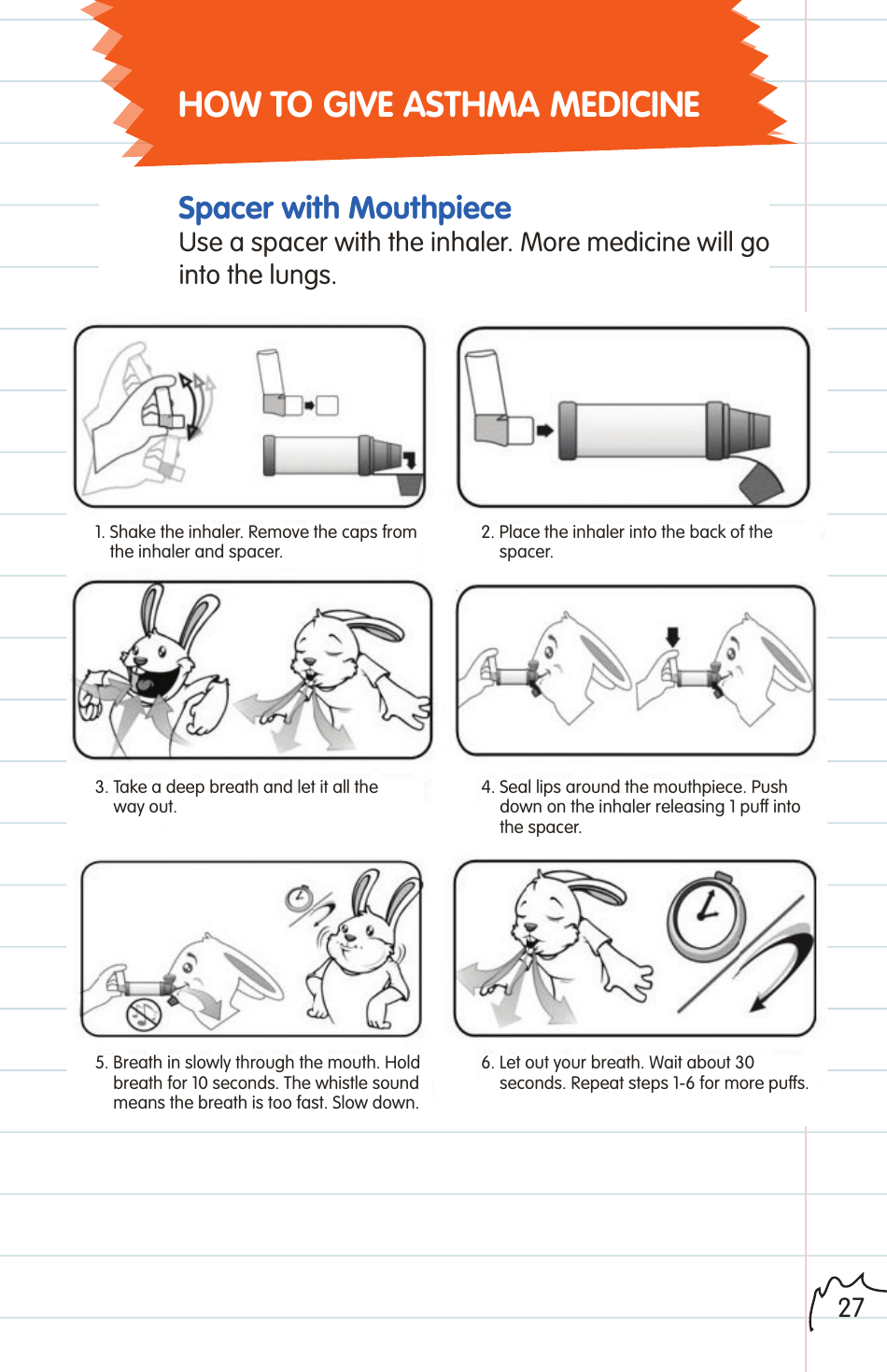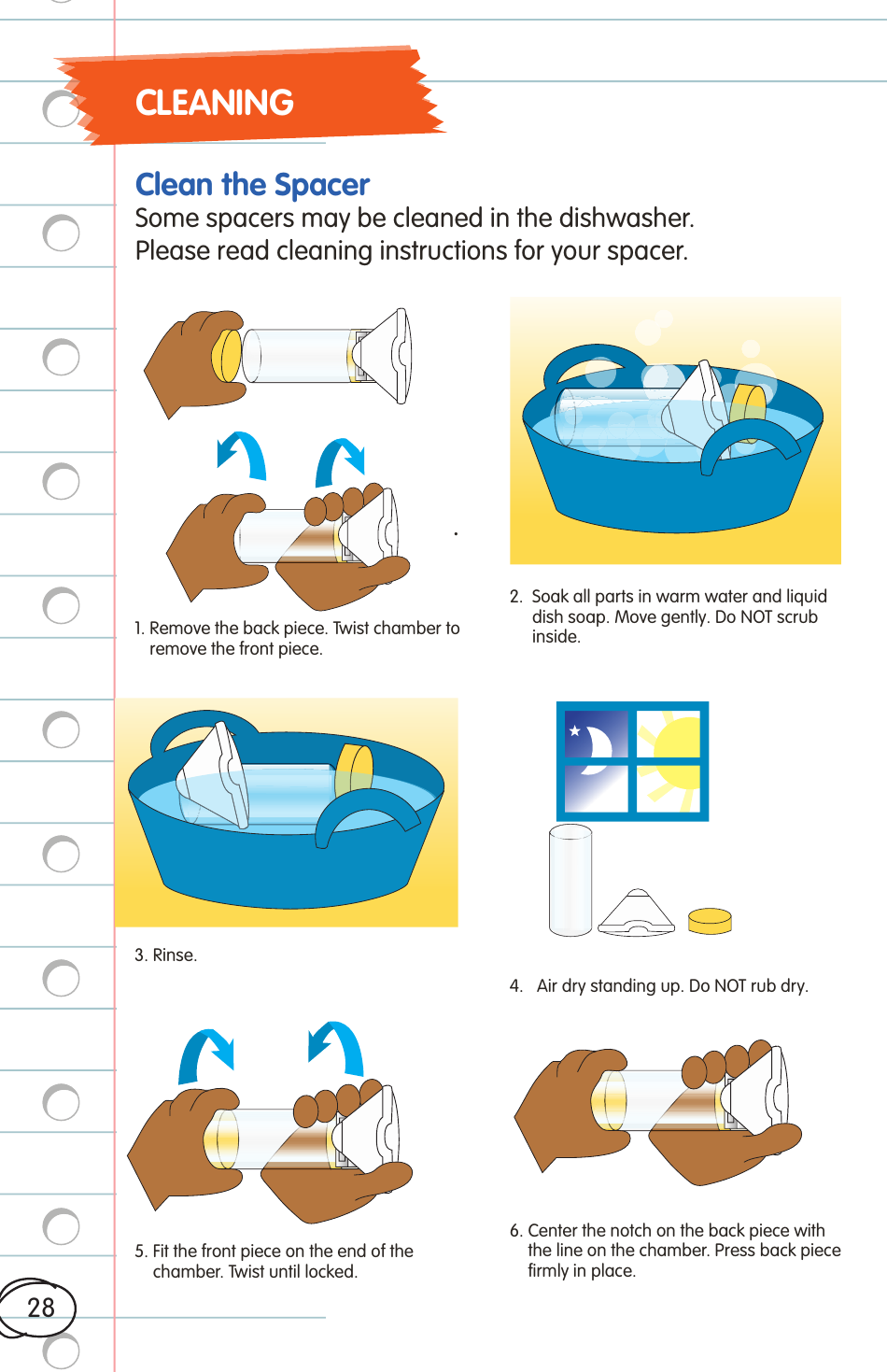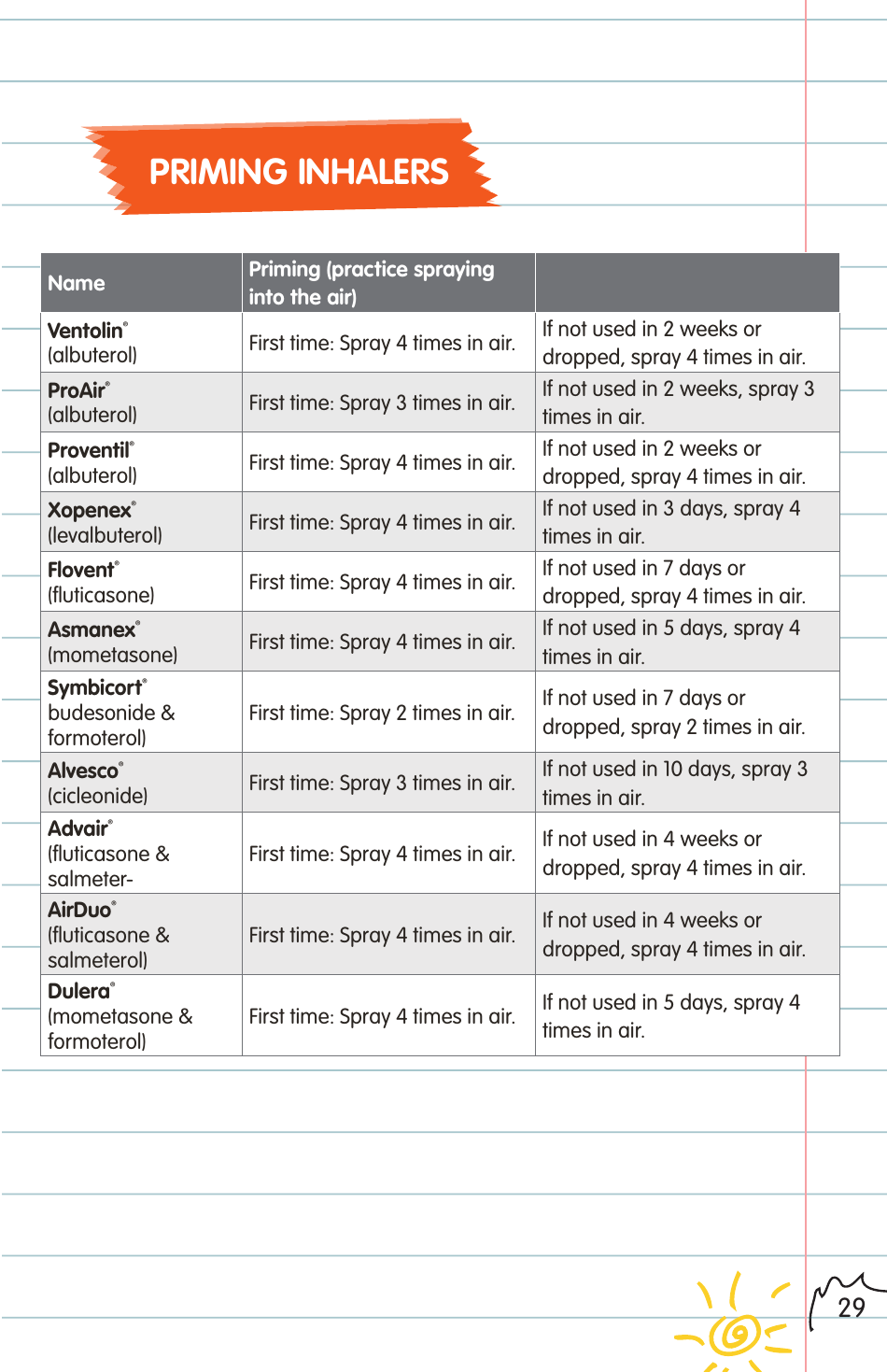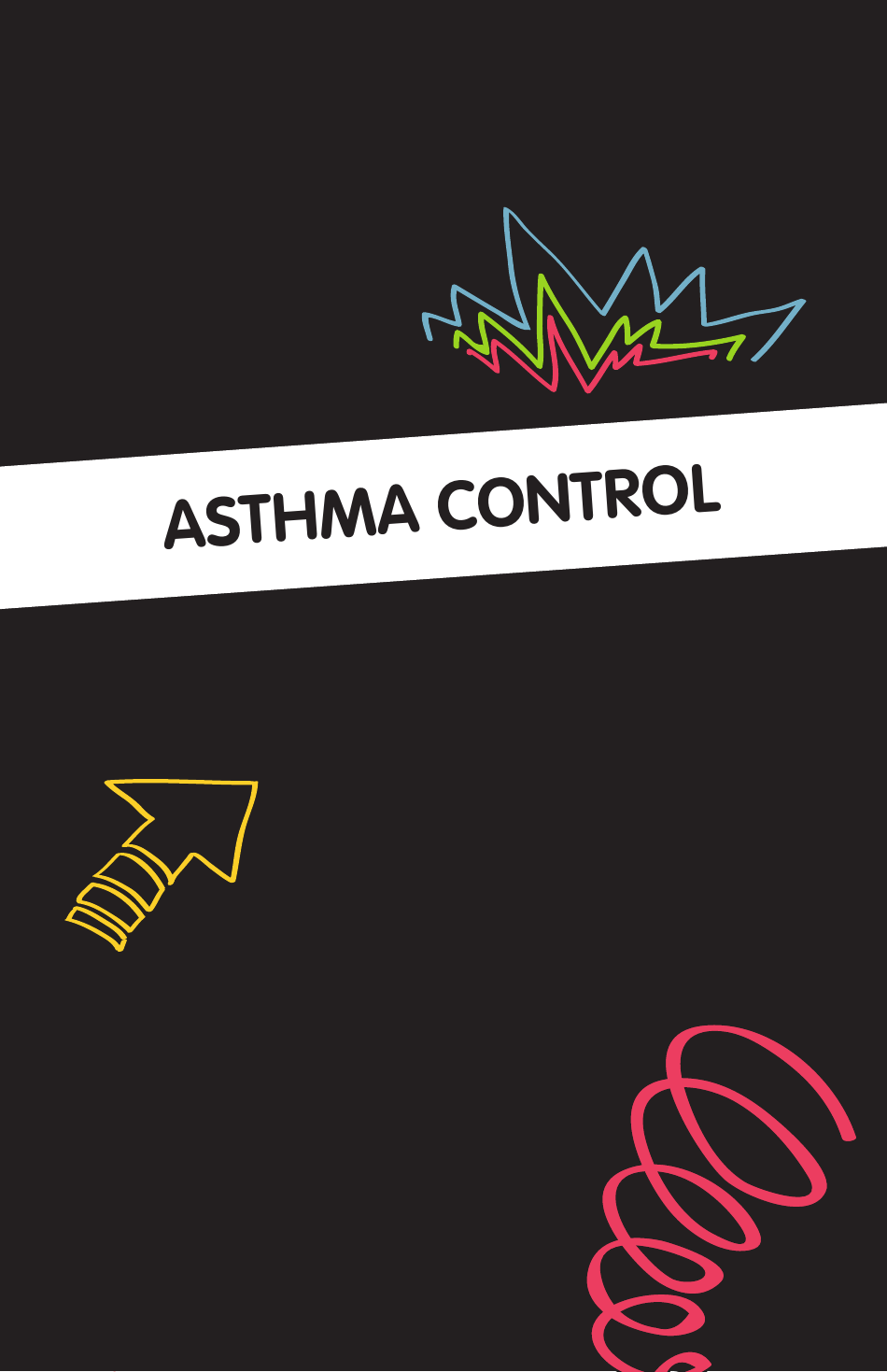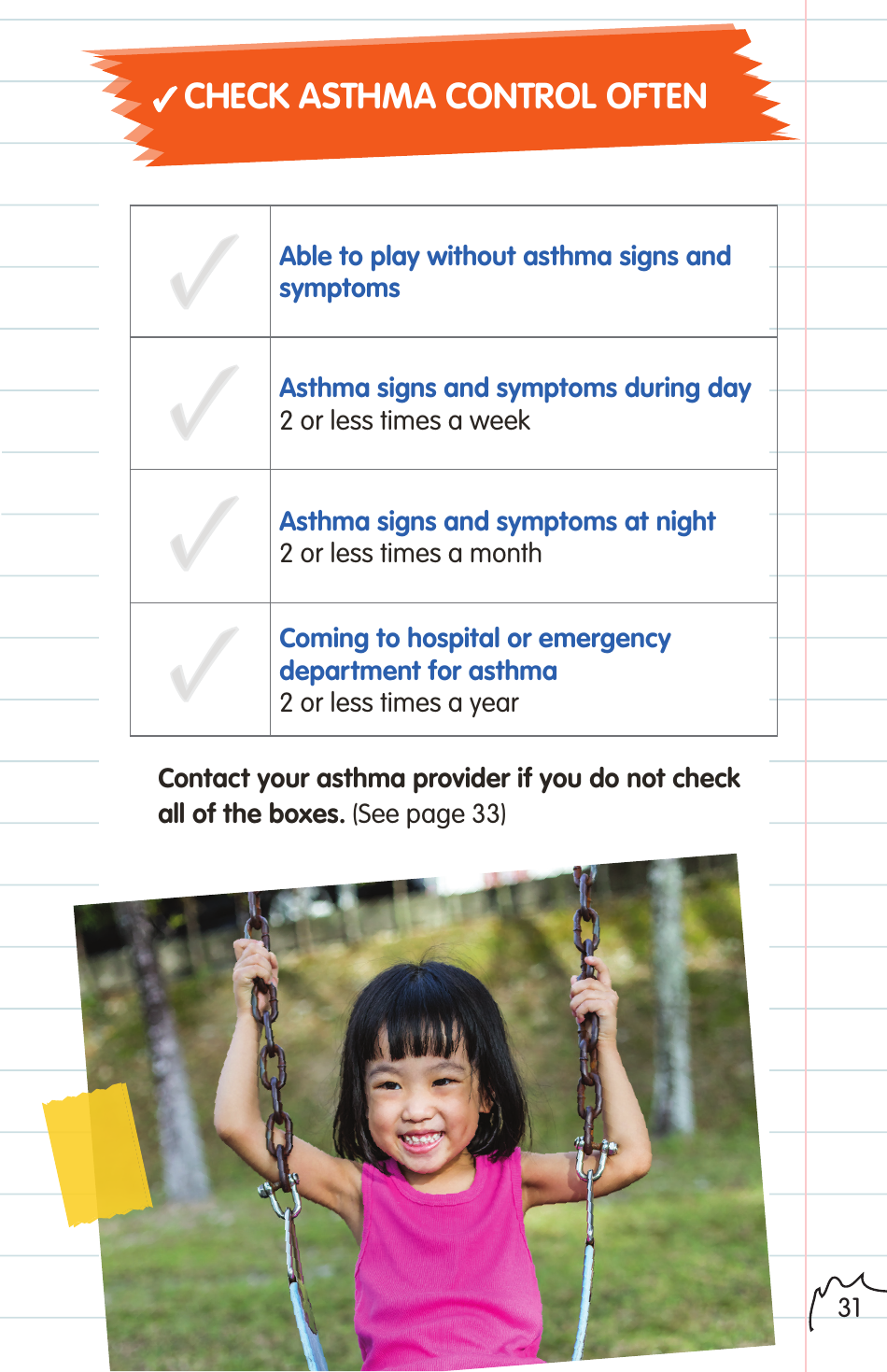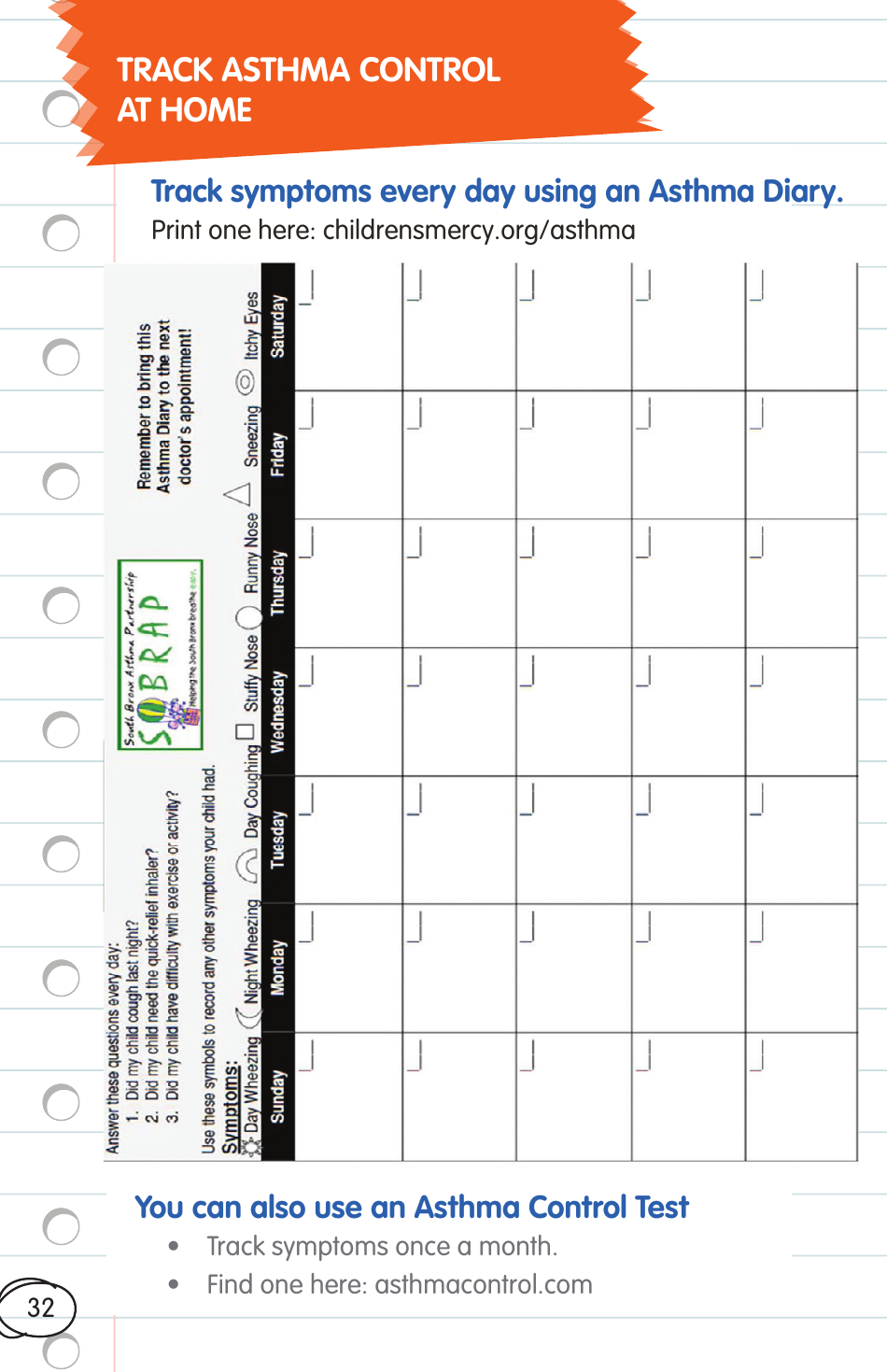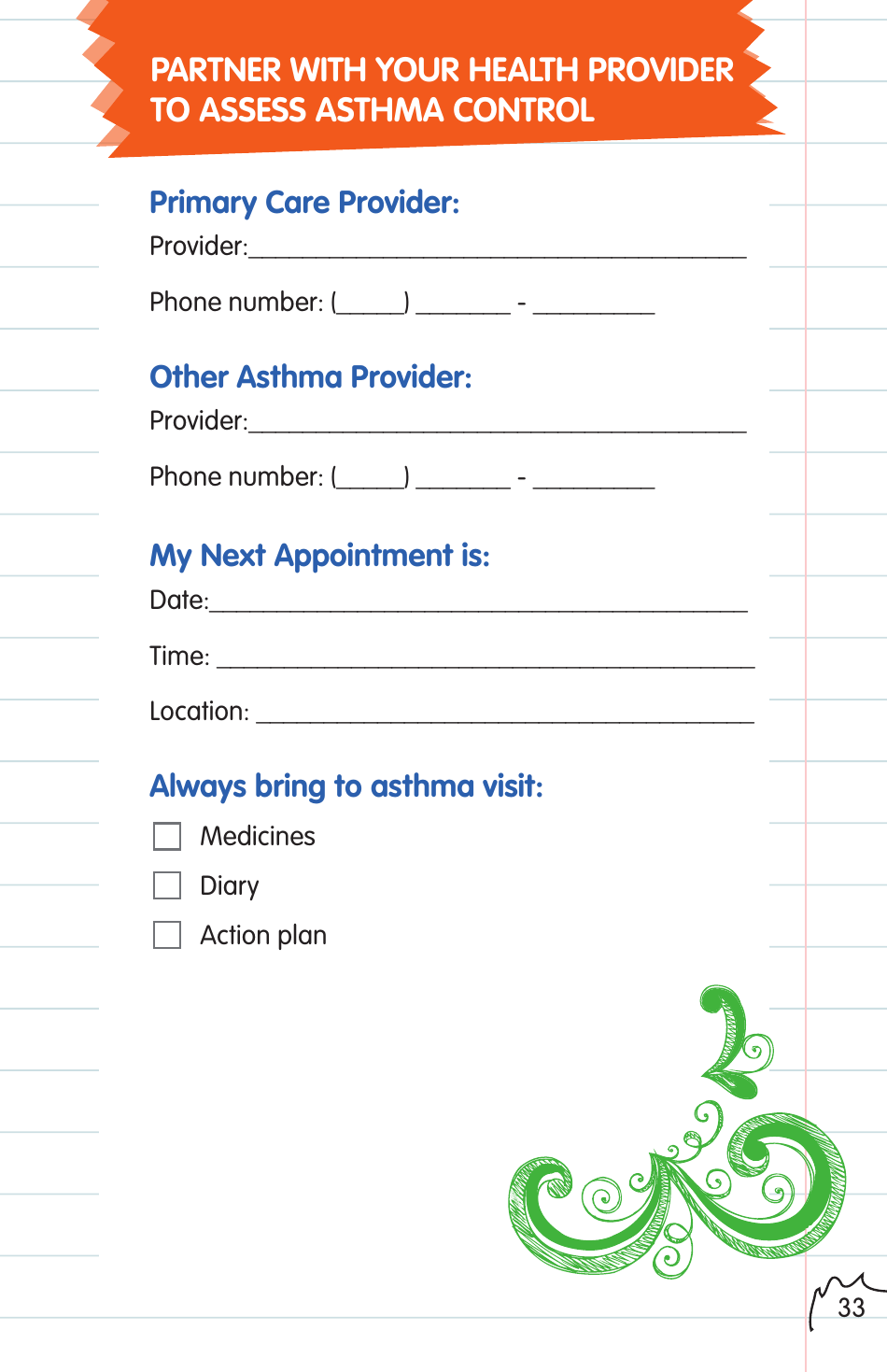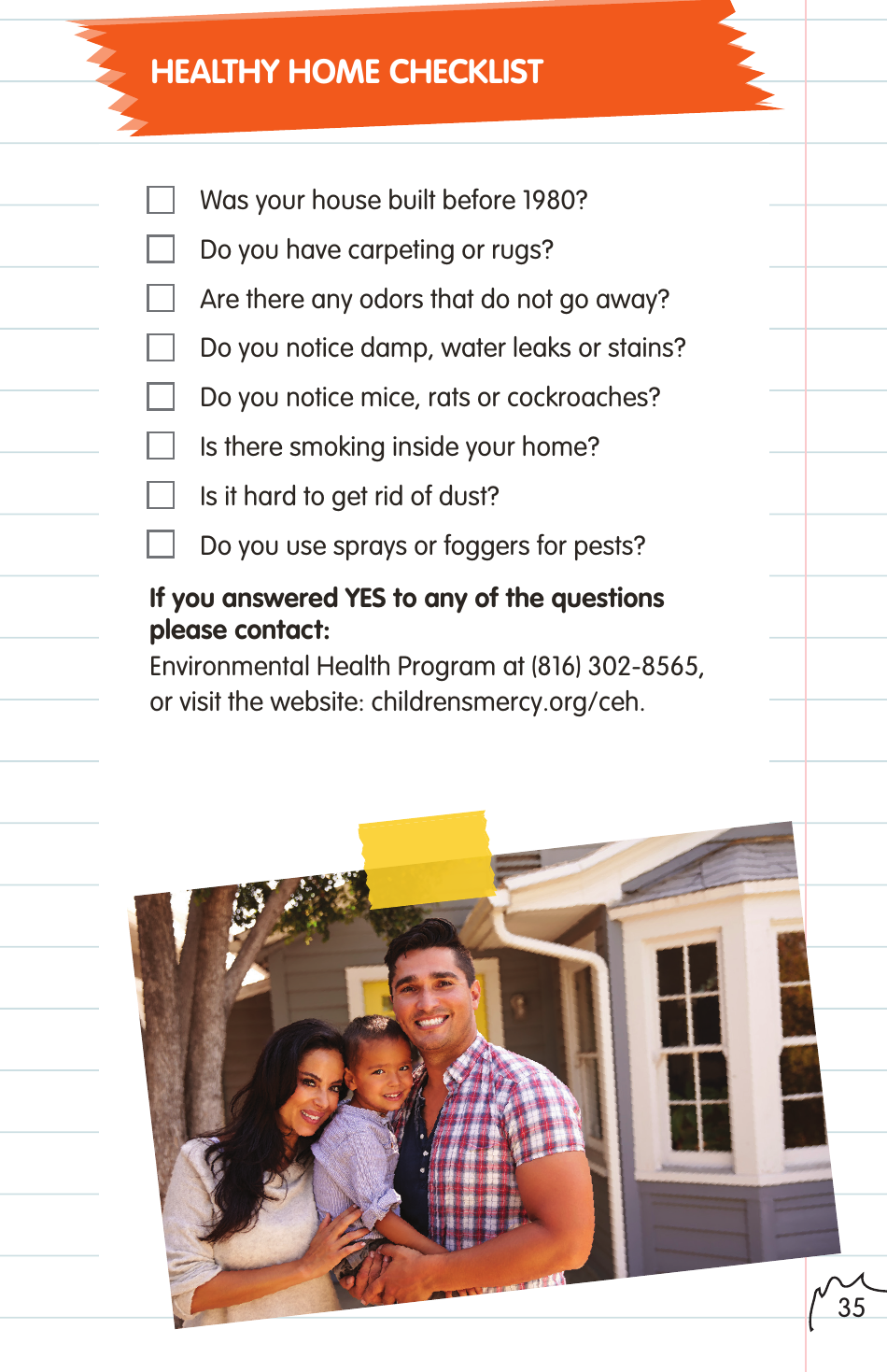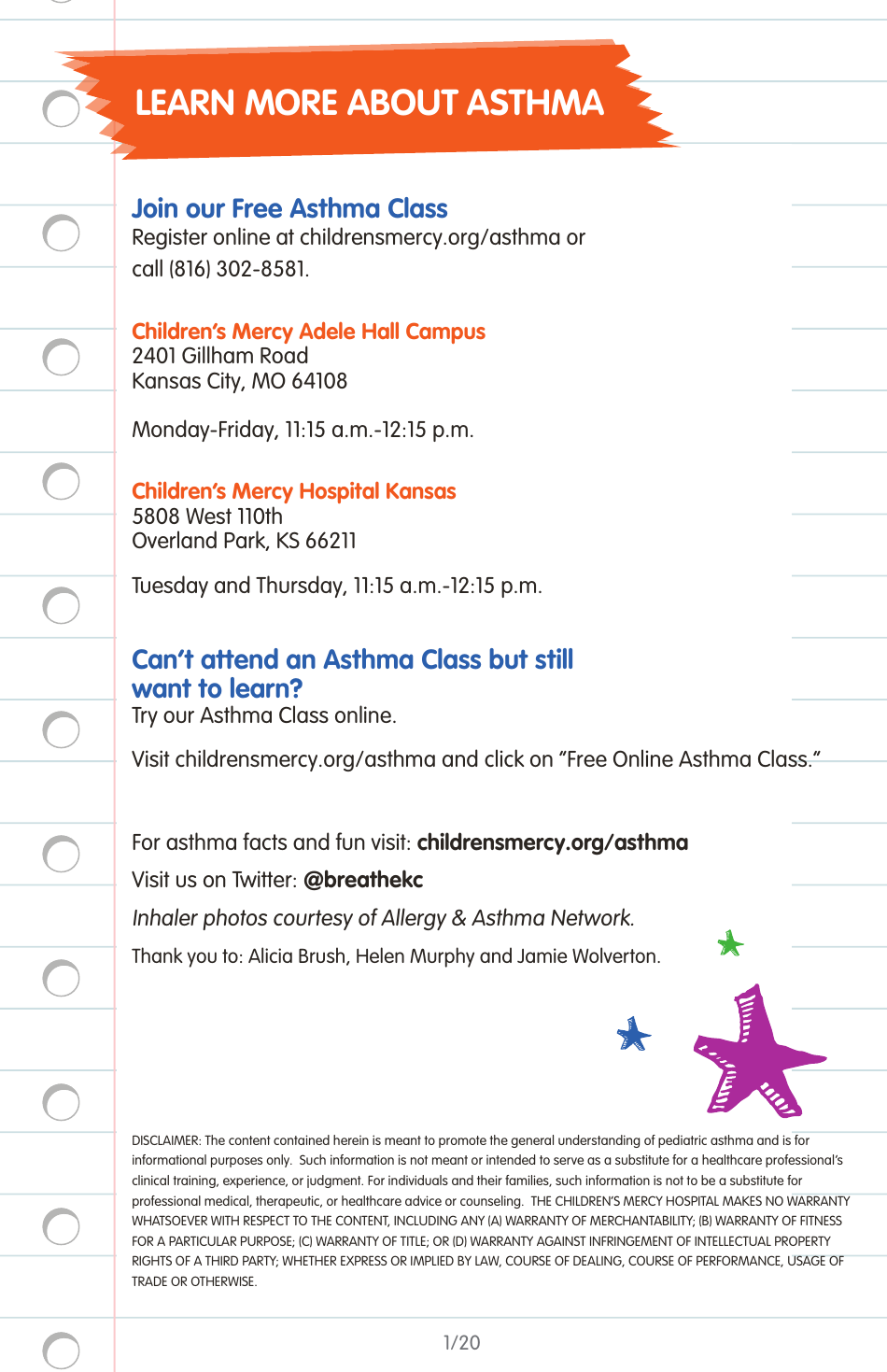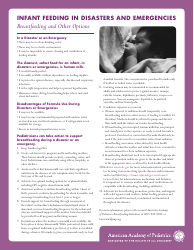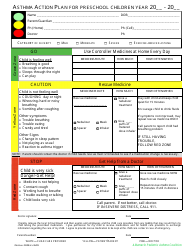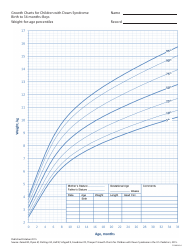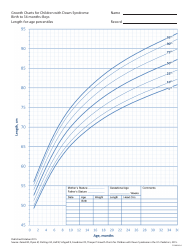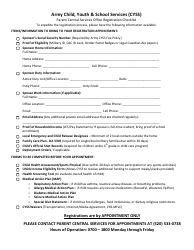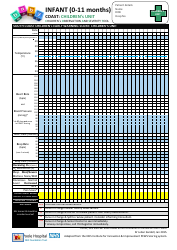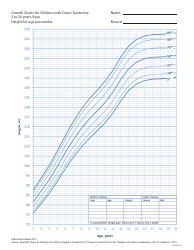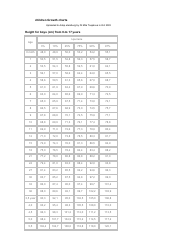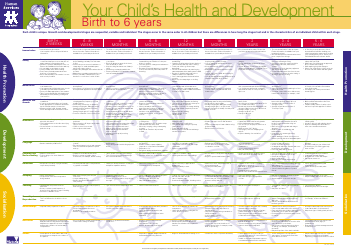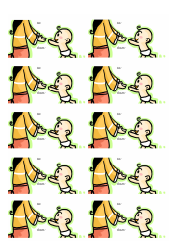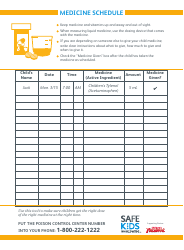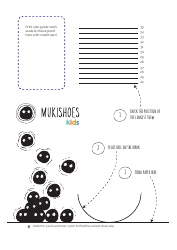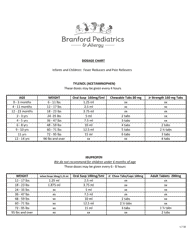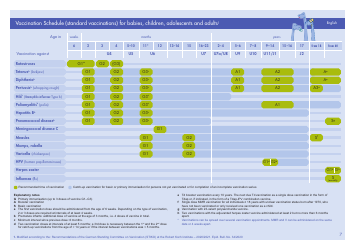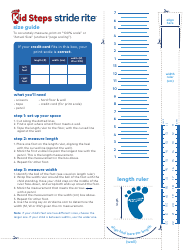Children's Asthma Booklet
A Children's Asthma Booklet is intended to provide comprehensive information on childhood asthma. It is used to educate children and their caregivers about asthma and its management, typical signs and symptoms, triggers, and how to respond during an asthma attack. The booklet may also include tips on living a full and active life with asthma, how to use inhalers or other medication, and measures to prevent attacks. The objective is to provide a better understanding of the condition and empower children and their caretakers with knowledge to manage it effectively.
The Children's Asthma Booklet may be filed by various organizations including health departments, hospitals, or pediatric clinics. These might vary from country to country. In the USA, it might be filed by the Department of Health and Human Services or a state's Department of Public Health. In India, such a document could be prepared and maintained by the Ministry of Health and Family Welfare. In Canada, this could fall under the purview of Health Canada, while in Australia, the Department of Health might be responsible. For personal use, parents or guardians will typically file and keep a copy of the Children's Asthma Booklet provided by their healthcare professional for ready reference.
FAQ
Q: What is asthma?
A: Asthma is a chronic disease that affects the airways in the lungs, causing them to become inflamed and narrowed, which can make it hard to breathe.
Q: What are the symptoms of asthma in children?
A: Common symptoms include frequent coughing spells, less energy during play, rapid breathing, complaint of chest tightness or chest 'hurting', whistling sound (wheezing) when breathing in or out, and shortness of breath.
Q: Is asthma common in kids?
A: Yes, asthma is one of the most common chronic diseases of childhood. In the United States, more than 6 million children have it.
Q: Can a child outgrow asthma?
A: Some children may 'outgrow' asthma during their teenage years, however the disease often reappears. In other cases, children with asthma will continue to have symptoms into adulthood.
Q: What triggers children's asthma?
A: Common triggers can include allergens like dust mites, pollen, and pet dander, as well as exercise, cold air, secondhand smoke, and respiratory infections.
Q: What is the treatment for children's asthma?
A: Treatment can include quick-relief medicines for flare-ups and long-term daily medications to reduce airway inflammation and prevent symptoms.
Q: How can parents help manage their child's asthma?
A: Parents can help manage their child's asthma by avoiding triggers, ensuring their child takes the prescribed medication, monitoring for symptoms, maintaining regular check-ups with the doctor, and teaching their child about their condition.
Q: Is it safe for a child with asthma to exercise?
A: With proper management and medication, most children with asthma can participate in physical activities and exercises just like their peers.
Q: What is an asthma attack and how is it managed?
A: An asthma attack is a sudden worsening of asthma symptoms due to the tightening of muscles around the airways. If the child has a rescue inhaler prescribed by their doctor, it should be used right away. If symptoms don't improve, seek medical help immediately.
Q: Can asthma be prevented in children?
A: There's no sure way to prevent asthma. However, controlling exposure to asthma triggers might reduce the severity of symptoms or prevent asthma from developing.
